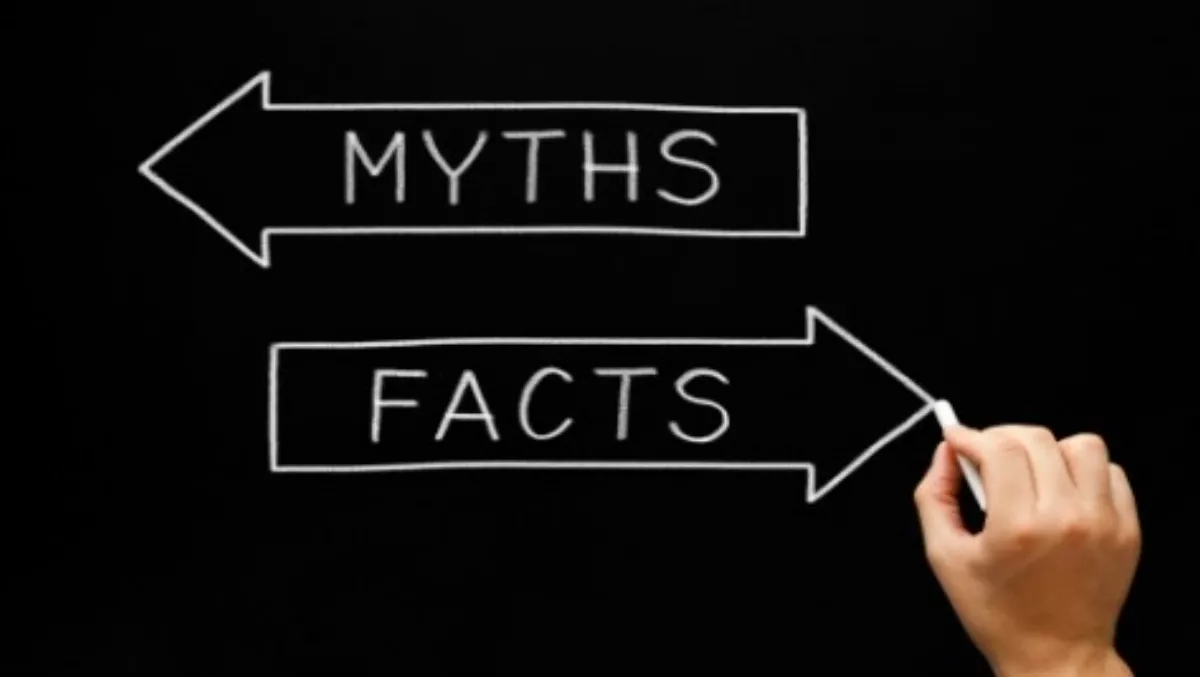
A series of road shows hosted by Readify and Microsoft are seeking to demystify the Internet of Things (IoT) for business decisions makers. Readify chief technology officer Mitch Denny has used the nationwide events to argue that the IoT can deliver value, providing companies use it properly. “The issue I have at the moment is that the IoT is oversold as the next new shiny thing,” Denny says. “But it's not something you buy off the shelf and companies don't need to launch into a large-scale expensive project. People's enthusiasm for the IoT needs to be focused on business issues.” He says, "The IoT can of course uncover great insights, but companies need to ask themselves three questions: Will it give me a competitive advantage? Will it improve user experience? Will it give me access to a new capability or improve efficiencies?” "Despite the hype around the IoT, many industries already use embedded systems and have for years,” he says. “What is new is the pervasiveness of cloud computing and the availability of low cost data sensors, which are an opportunity for them to modernise their systems at a much lower price point.” Denny adds, “It also means more companies will be able to afford to roll out an IoT infrastructure if they need to.” Readify was the first Australian company to receive Microsoft's Gold competency in Intelligence Systems. The company is already working on major IoT projects bringing together its embedded operating systems, cloud computing platforms and data platform experience. The road show gives Readify the opportunity to breakdown the components of an IoT solution for IT decisions makers, highlighting specific scenarios where the IoT delivers value and explaining how to practically develop a solution over time. “The IoT can be broken down in four pillars: devices, connectivity, analytics and automation,” says Denny. “It's really a series of small successful integrations between sensors, actuators, mobile platforms and decision makers. CIOs should approach it that way, breaking it down so it fits the long-term vision and delivers value at every step.
Denny explains policies also need to catch up before the consumerisation of the IoT takes place." “The government has a significant policy role to play to ensure laws keep up to date with the capability out there, from a security and a data privacy standpoint,” he says. “I believe there is also room for a code of ethics for the technology community to adhere to in order to agree what these connected devices can and cannot do,” Denny says. “We're all going to share the same airwaves so we need to ensure the devices introduced, from sensors to Bluetooth low energy (BLE) powered beacons and WiFi transmitters, behave like good citizens.” He adds, “While companies are probably dying to get their hands on the data generated by an IoT platform, a decision needs to be made around what use of data is acceptable and actually helpful to the consumer."
